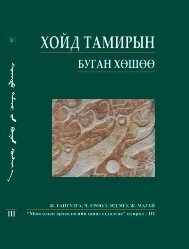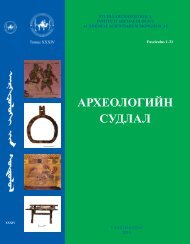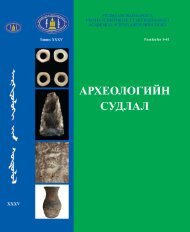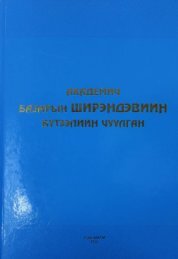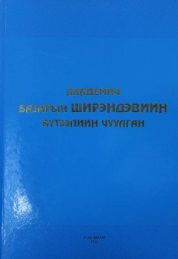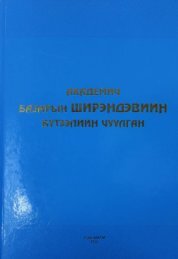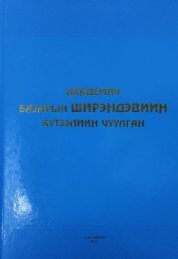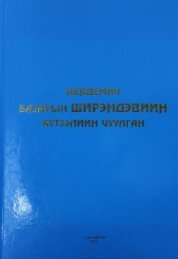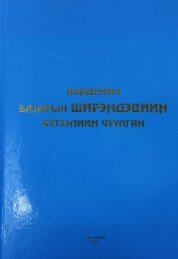You also want an ePaper? Increase the reach of your titles
YUMPU automatically turns print PDFs into web optimized ePapers that Google loves.
groups known under the Tibetan name Ganjur and Tanjur. The translation of<br />
Ganjur and Tanjur was completed and they were fully published on wood blocks<br />
in 17-18 th centuries.<br />
Mongolian Ganjur is a collection of about 1200 Indian Buddhist works<br />
consisting of 108 mammoth volumes and Tanjur is a collection of 3000 items of<br />
commentarian literature constituting 226 volumes of an enormous size. Among<br />
these works there are many texts which are lost in the Sanskrit original but<br />
preserved in Mongolian as well as in Tibetan.<br />
Mongolian not only translated Indian literature but they were very faithful<br />
students Indian literature, of languages and history. They created a great<br />
literature of the own under the influence of Indian Sanskrit literature.<br />
This literature was mostly written in Tibetan and partly in Mongolian. There<br />
are many works and commentaries by Mongolian authors on philosophy of<br />
Nagarjuna, Asanga, Vasubandhu, Dignaga, Dharmakirti and on the grammar of<br />
Panini ar on Kavyadarsha of Dandin. Stories of Kaa Bhoja, Vikramaditya, lyric of<br />
Kalidasa, Meghduta and place of honour in Mongolian literature.<br />
Mongolian historians possessed a good knowledge of Indian history. It was a<br />
tradition of old Mongolian historiography to write about Indian kings beginning<br />
with the legendary king Mahasammata with whom they tried to link the origin of<br />
Mongolian khans.<br />
The Mongolian language it self is a skriking illustration of centuries-old<br />
cultural relationship between Mongolia and India. There are many words<br />
of Sanskrit origin, translation loans, expressions and idiomatic usage in the<br />
Mongolian.<br />
For example Shashin (Sansk.Čāsana), Sudar (Sansk.Sūtra), Shashtar (Čāstra),<br />
Erdene (Ratna), Shuleg (Čloka), Bandida (Pantita), Jambaga (Čampaka),<br />
Chinsamani (Čintāmani), Zandan (Čandana), and etc. are widely used in every day<br />
language of Mongols.<br />
The old Mongolian medical system followed the system of Ashtangahrdaya of<br />
Vagbhata and the calendar of old Mongols was governed by the Brihaspati cycle<br />
of sixty years.<br />
The traditional cultural relationship between Mongolian and India which<br />
was interrupted for the last few centuries when India and Mongolia were under<br />
yoke of foreign rulers has entered the new stage of it’s development at the<br />
present time. There is no necessity to write about it because the friendly relations<br />
between India and Mongolia are developing before our own eyes.<br />
ØÓÀ-èéí Ò¿¿õèéí õ¿ðýýëýíãèéí Áàðèìò ìýäýýëëèéí òºâä õàäãàëàãäàæ áóé<br />
àêàäåìè÷ Á.Øèðýíäýâèéí õóâèéí áàðèìòûí öóãëóóëãààñ àâ÷ îðóóëàâ.<br />
114




